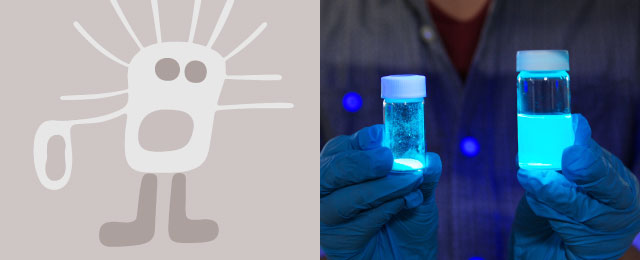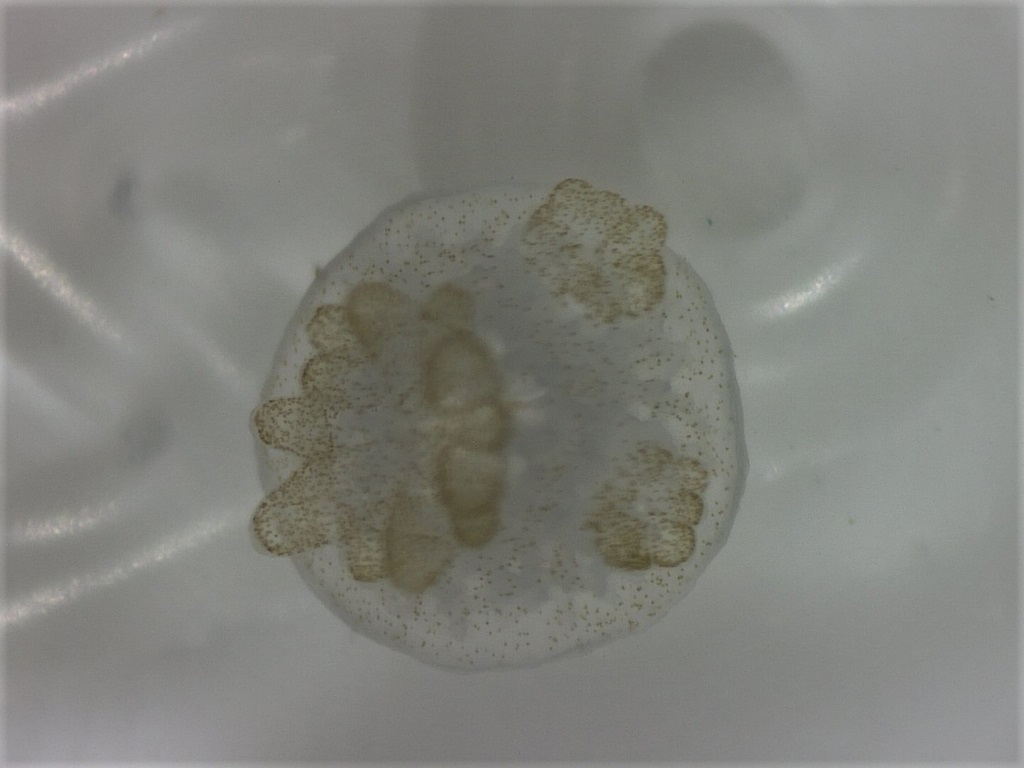







Home > Research > Research Overview > 2023 > Faculty of Science
Assistant Professor, Faculty of Science (Earth Sciences, Mineralogy)
MOTAI Satoko
Reef-building corals are animals that live in shallow sea waters of the tropics and subtropics. They grow toward the sea surface while building an exoskeleton of calcium carbonate (CaCO3). Two main polymorphs of calcium carbonate are known: calcite and aragonite that differ in their atomic arrangement. Calcite is thermodynamically more stable phase under the temperature and pressure conditions in which reef-building corals live. However, reef-building corals form their skeletons with aragonite, which is thermodynamically more stable phase under high-pressure phase. How do reef-building corals form aragonite skeletons?
The calcification space where reef-building corals form their skeleton is very small (<1 µm), making direct observation of skeletal formation difficult. We have been studying skeletal growth on observations of the skeletons as product using mineralogical perspective. Recently, we grew reef-building corals in a special environment and examined whether their skeletons were aragonite or calcite. Previous studies have noted the Mg2+ concentration in seawater is related to aragonite formation, but we found that zooxanthellae symbiotic with reef-building corals might be also involved.
Many aspects of skeletal formation by reef-building corals are still unknown, but we will continue our efforts to elucidate that process based on mineralogy.
▲A skeleton of Acropora sp.

▲The small dots in artificially grown coral are zooxanthellae
▲Polarized light micrograph of a thin section of the skeleton of an Acropora sp.
▲Polarized light micrograph of a thin section of the skeleton of an Acropora sp.
Related Links